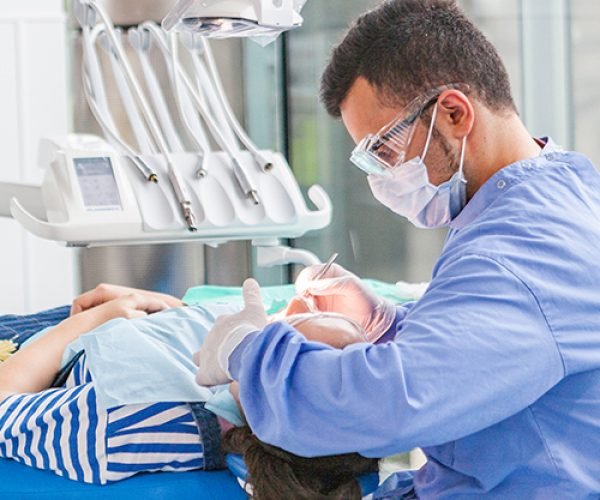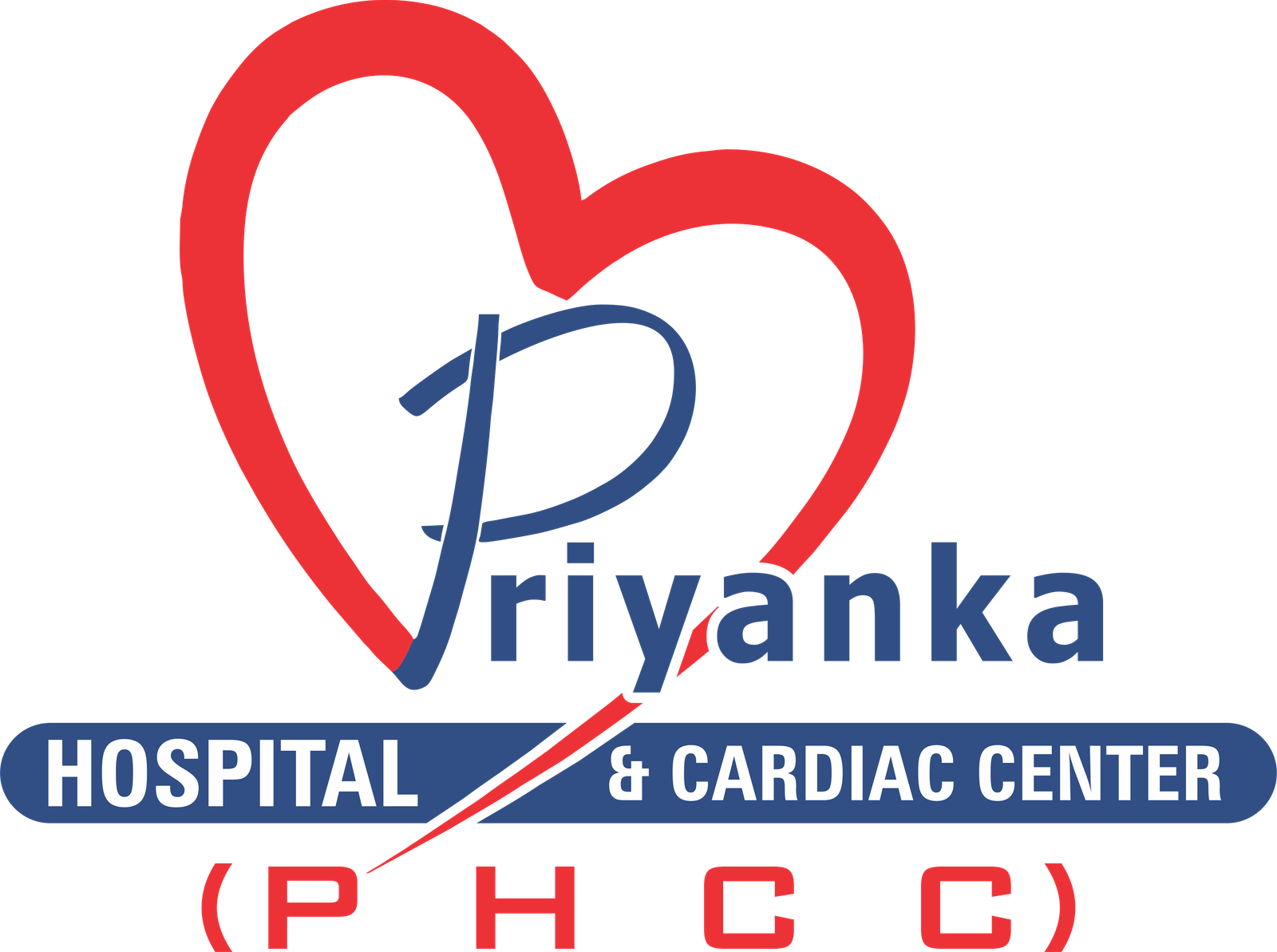Best Dental care Hospital in Jaipur
Welcome to Priyanka Hospital, Our team is committed to providing the best dental services while maintaining patient’s oriented care. Here at the no. 1 dental hospital in Jaipur, we have extensive experience in offering state of the art treatments in Dentistry aimed at improving the health of and appearance of our patients’ teeth.
Our hospital has modern dental equipments and dental facilities in order to diagnose and treat the dental diseases. We do employ such technologies as digital imaging, intraoral cameras, laser dentistry and other modern technologies to provide highest quality and comfort to patients.
At Priyanka Hospital, we appreciate the fact that every individual has a different dental health issue and desires. Thus, the team of dentists pays much attention to the patients, their problems and their wishes, and respects individual approach to each case and the solutions of the problems connected with the patient’s teeth and their appearance.

Why Choose Priyanka Hospital For Dental care in Jaipur
Being the leading dental hospital in Jaipur, Priyanka Hospital has the dental care solutions that cater for all the dental needs of the patients. Whether it is for a simple check up or scaling or for a major treatment or cosmetic dental care, we offer customized services for our patients. Priyanka Hospital has a track record of achieving positive outcomes and helping patients achieve healthy, beautiful smiles. With a focus on excellence and patient-centered care, we strive to deliver superior dental services that exceed our patients’ expectations and enhance their quality of life.
What are the Different Types of Dental Surgery?
There are several different types of dental surgery, each addressing specific dental conditions or concerns. Some common types of dental surgery include:
1. Tooth extraction: The extraction of the tooth, and this is usually done when the tooth has decayed beyond any hope of restoration, or infected, or impacted, or when there is overcrowding of teeth or an injury. It is a type of surgery where one or more teeth are partially erupted or impacted and removed surgically; an example is the extraction of the third molars also known as the wisdom teeth.
2. Dental implant placement: A procedure of prosthodontics where artificial teeth (implants) are fixed directly into the bone of the jaw for the replacement of missing teeth. Others act as anchors for dental crowns, bridges, or dentures, and they are of different types.
3. Root canal therapy: An operation to remove the soft tissue known as pulp from the tooth, as well as cleaning and disinfecting the channels of the root and sealing them in order to save the tooth from extraction.
4. Periodontal surgery: Gingival surgery which is a surgical approach in the management of periodontal diseases and the resultant damage to the gingiva and other periodontal structures. Some of these include; scaling and planing, flap surgery, gingivectomy, gum grafting, pocket reduction surgery and osseous surgery.
5. Oral and maxillofacial surgery: A branch of dentistry that is related to the diagnosis and surgical treatment of oral diseases, facial surgery and injuries. OMS’s are general and specialized surgeons that surgically manage conditions such as tooth extractions, orthognathic surgery, corrective jaw surgery, facial trauma and dental implant surgery.
6. Dental bone grafting: A surgical intervention that aims at increasing bone density and volume of the jaw bone, used also as a preparation to the dental implants or to stabilize dentures.
7. Sinus lift surgery: A technique in which the sinus floor is elevated and bone graft material is placed beneath the sinus membrane. Sinus lift surgery is most frequently used before the placement of dental implants in the posterior maxillary area.
8. Orthodontic surgery: Operations that may be done in conjunction with the orthodontic treatment to correct severe malocclusion or skeletal abnormalities that cannot be adjusted by the use of braces. Some of these are orthognathic surgery and distraction osteogenesis.
These are just but a few of the various classifications of dental surgery that is performed. The precise sort of surgical procedure that might be advised will vary according to the condition of the patient’s teeth and gums, his or her treatment objectives, and other factors. In this case, patients are advised to seek the services of a professional dentist to advise them on the right treatment to take depending on their specific situation.
What are the Main Causes of Dental Problems?
The main causes of dental problems can vary, but some common factors include:The main causes of dental problems can vary, but some common factors include:
1. Poor oral hygiene: Failure to brush and floss properly results to the formation of plaque and tartar that precipitates to tooth decay and gum diseases.
2. Diet high in sugars and acids: Sweets and acidic foods and beverages are the main causes of tooth decay since they act as a source of energy for bacteria to produce acids that dissolve the outer layer of teeth.
3. Bacterial overgrowth: The bacteria present in the mouth act as streptococcus and tend to multiply and form a film called plaque which forms on the teeth and is quite detrimental if not cleaned through brushing and flossing as it results in cavities and gum diseases.
4. Lack of regular dental check-ups: Biannual check-ups and dental prophylaxis must be done on a regular basis to minimize the chances of developing oral health complications. Failing to seek dental checkups is disadvantageous because it gives credit to other conditions to progress to the worse.
5. Tobacco use: Tobacco use in any form such as smoking or chewing the tobacco increases the chances of developing gum diseases, tooth decay, oral cancer and other oral health complications.
6. Genetics: It is possible for some people to be born with some dental conditions like gum disease or tooth decay because of hereditary genes from their parents.
7. Dry mouth: Saliva has the function of washing off food particles and also as a buffer the mouth’s acidity. Since xerostomia is associated with specific medication, treatment or systemic diseases, it may contribute to the dental issues.
8. Grinding or clenching teeth (bruxism): Clenching or grinding of the teeth over a long while, especially at night, causes tooth abrasion, cracks and joint pains.
9. Trauma or injury: Trauma to the oral cavity and or teeth may occur and include chipped or fractured teeth, crowned or knocked out teeth or soft tissue injuries and may need dental intervention.
10. Aging: Common oral conditions that affect the elderly include; receding gums, increased risk of cavities and general wear of the teeth.
Maintaining good oral hygiene practices, eating a balanced diet, avoiding tobacco use, and attending regular dental check-ups are essential for preventing dental problems and maintaining optimal oral health.
Explore Our Main Service
FAQs on Dental Sciences
What is Dental Science, and what does it encompass?
Dental science, also known as dentistry, is a branch of medicine that focuses on the diagnosis, prevention, and treatment of oral health conditions and diseases. Dental science encompasses various specialties, including general dentistry, orthodontics, endodontics, periodontics, prosthodontics, oral and maxillofacial surgery, pediatric dentistry, and dental public health.
What are common oral health conditions treated by dentists?
Dentists diagnose and treat a wide range of oral health conditions and diseases, including dental caries (cavities), gum disease (gingivitis and periodontitis), tooth decay, tooth erosion, dental abscesses, oral infections, malocclusion (misaligned teeth or bite), temporomandibular joint (TMJ) disorders, oral cancer, and trauma to the teeth, mouth, or jaw.
What are preventive measures individuals can take to maintain oral health?
Preventive measures for maintaining oral health include brushing teeth twice daily with fluoride toothpaste, flossing daily to remove plaque between teeth and along the gumline, eating a balanced diet low in sugary and acidic foods, avoiding tobacco products, limiting alcohol consumption, wearing mouthguards during sports activities to prevent dental injuries, and scheduling regular dental check-ups and cleanings every six months.
What are the treatment options for missing or damaged teeth?
Treatment options for missing or damaged teeth depend on factors such as the extent of damage, the patient’s oral health, and personal preferences. Options may include dental fillings or crowns to repair cavities or fractures, root canal therapy to treat infected or abscessed teeth, dental implants to replace missing teeth, bridges to fill gaps between teeth, dentures or partial dentures for multiple missing teeth, and orthodontic treatment to correct malocclusion or misalignment.
What are the benefits of cosmetic dentistry procedures?
Cosmetic dentistry focuses on improving the appearance of the teeth, gums, and smile. Cosmetic procedures can enhance aesthetics, boost self-confidence, and improve overall oral health and function. Common cosmetic dentistry procedures include teeth whitening, dental bonding, porcelain veneers, dental implants for missing teeth, orthodontic treatment for alignment issues, gum contouring, and smile makeovers tailored to individual preferences and goals.
Still Have a Question?
If you cannot find answers to your queries, please fill out the enquiry form or call the number below. We will contact you shortly
